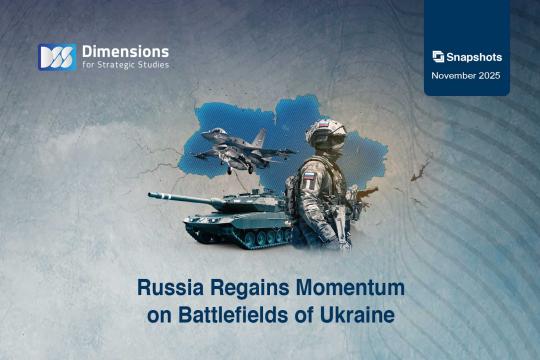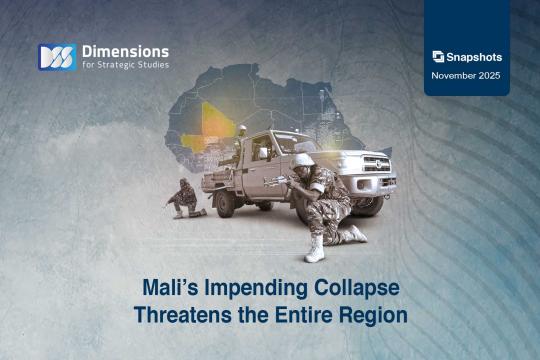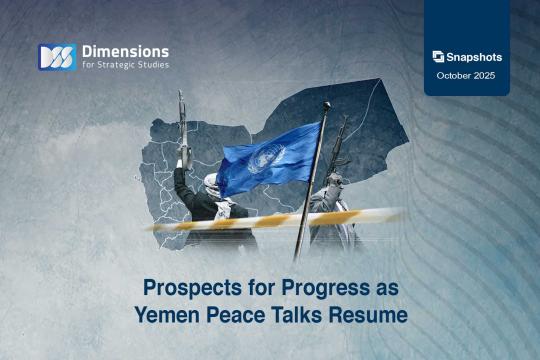
Iran Faces Grim Choices After Nasrallah’s Killing
2024-10-024555 view
Israel’s string of assassinations against leading Hezbollah figures reached its climax on the evening of September 27 with a series of blistering Israeli airstrikes in Beirut, killing hundreds of people including the Lebanese movement’s Secretary-General, Hassan Nasrallah.
Nasrallah’s assassination presented Hezbollah’s sponsor Iran with a major challenge. The Lebanese cleric’s departure is a severe blow to the Islamic Republic, given the major role he had played over the decades in expanding Iran’s influence in the region. Hezbollah, built by the Iranian Revolutionary Guard Corps (IRGC) in the 1980s, has long acted as Iran’s main arm in the Middle East, both the emblem and agent of its regional strategy and geopolitical project.
Tehran has long relied on Hezbollah as a bridge for its regional influence in five key spheres—Lebanon, Syria, Yemen, Iraq and Palestine. Through the party, it has exerted far-reaching influence on political, security and economic decision-making in these countries. Under Nasrallah, Hezbollah often acted as the architect of Iran’s expansion, creating and training proxies in these areas. The Lebanese movement both acted as an influential actor in regional power equations in its own right, and gave Iran extensive clout in political and security developments.
However, over the past four months, Hezbollah has suffered some of its harshest setbacks in the four decades of its existence, notably the loss of several top commanders, culminating in that of its secretary-general himself. This has placed Hezbollah and Iran’s other “investments” across the entire region in real danger. Indeed, recent events bring to mind the words of Russian revolutionary leader Vladimir Lenin: “There are decades where nothing happens, and there are weeks where decades happen.”
Despite the gravity of these events, Nasrallah’s assassination will not necessarily force Iran to change course. Tehran may well continue to escalate against Israel, focusing on two complementary policy tracks: reviving Hezbollah by equipping it with a secure communications system and a new leadership to equip it on the security and military levels; and secondly, allowing Iranian proxies in Iraq, Syria and Yemen to respond to Nasrallah’s killing, on the condition that their response does not cross the threshold of an irreversible slide into open war—a conflict that is anathema to Iran, and particularly to Supreme Leader Ali Khamenei.
Decision-makers in Iran today are sharply divided, between those who want a forceful response to Israel (the position of the IRGC and the conservative camp), and those who want to limit the escalation at its current level and avoid being dragged into a war of Israel’s choosing—partly in order to avoid jeopardizing nuclear negotiations with the West. This second camp includes President Masoud Pezeshkian and prominent members of his government, such as his Assistant for Strategic Affairs Mohammad Javad Zarif and Foreign Minister Abbas Araqchi.
Given this division, Iran is likely to refrain from launching a major, direct attack on Israel and risking an all-out war—including with the United States—to avenge an Arab leader. It is worth recalling that Tehran did not take such a risk even after the killing of one of its own top leaders, Quds Force commander Qasem Soleimani. The priority of the Iranian regime is its own survival.
However, Iran’s behaviour in response to Israel and the United States has become complex and hard to predict, especially since Soleimani’s assassination. Iran and its proxies have launched highly effective attacks when its adversaries are not paying attention, as in Hamas’ “Operation Al-Aqsa Flood” on October 7 last year. By contrast, Iran’s missile attacks on Israel on April 14, in response to the bombing of the Iranian consulate in Damascus, proved that when its enemies are on high alert and geared up for a massive response, Tehran’s options are more limited.
Iran’s 85-year-old Supreme Guide Khamenei is not a wartime leader. He has ruled the country since 1989, a year after the end of the Iran-Iraq war, and he needs to focus on preparing a stable path for his successor and the country’s future, not trying to fight a deleterious, high-tech military and financial war against Israel and the U.S.
Khamenei and the IRGC are now cornered into a strategic dilemma that is a direct result of Iran’s role in the region. A failure to respond forcefully to the assassinations of Nasrallah, the IRGC generals before him, or Hamas political chief Ismail Haniyeh in Tehran itself, will cost the Islamic Republic dearly as it haemorrhages prestige before both allies and enemies. At the same time, Iran cannot afford for its allies to respond with excessive force, which could prompt Israel to make a direct target of the Islamic Republic itself, as Israeli Chief of Staff Herzi Halevi has threatened.
Nasrallah’s assassination is a huge turning point, but it may take years to understand its effects and repercussions. But a change of course in the Middle East is contingent on changes in the behaviour of Iran itself, not just that of its allies or proxies. As long as it can maintain its current strategy, it will be able to keep its allies active, even if they endure a period of decline. While Nasrallah was vital to Hezbollah for a period of its history, Iran will now put its efforts into producing a new leadership ofr the party that can serve Tehran’s regional agenda in the next phase.





